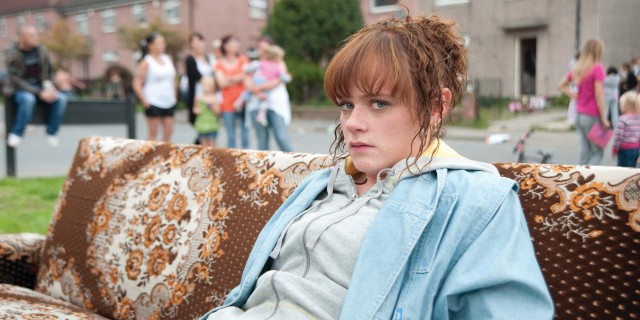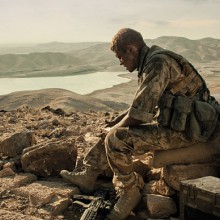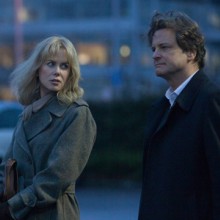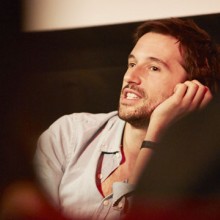
Clio Barnard: Interview
The Brit filmmaker talks to Quentin Falk about her feature debut The Arbor, which was nominated in the Outstanding Debut category at the 2011 Film Awards.
Originally published in October 2010.
Clio Barnard makes films, videos and installation pieces exploring, as one critic has put it, “the tensions between documentary and fiction… across the art-film divide.”
Her latest work, showing in this year’s BFI London Film Festival and on UK cinema release from 22 October, is The Arbor, which is also the name of one of just three plays by the writer Andrea Dunbar who died in 1990 aged 29 of a brain haemorrhage. Perhaps her best known play was Rita, Sue and Bob Too, filmed in 1986 by Alan Clarke.
Barnard’s film is an exploration of the life and legacy of Dunbar who drew heavily on her experiences growing up on Bradford’s notorious Buttershaw estate. Barnard spent two years interviewing Dunbar’s family and friends with actors lip-synching the interview material.
How did you decide what kind of narrative to shape out of the interviews you recorded with Dunbar’s family?
The film found its focus – Brafferton Arbor [a street on the Buttershaw] and Andrea’s first play, The Arbor – during the course of the interview process. The idea of including a performance of The Arbor on Brafferton Arbor came relatively late – so in a way it created an alternative structure to the one I had originally envisaged.
Having gathered all the interviews, I worked with editor Daniel Goddard cutting the audio which was when the narrative shape was determined. The ‘audio screenplay’ had a more circular structure than the final cut of the film because the structure changed again in the second stage of the edit, once the images had been shot, when I worked with editor Nick Fenton.
The structure then became more linear, although it still weaves between the interviews and the scenes from the play, and we had to cut quite a lot to get the pacing right and to maintain the focus.
At which stage did the idea to have actors lip-synching emerge?
It was there from the very beginning. I want the technique to raise questions about the relationship between fiction and documentary – to acknowledge that documentaries, more often than not, have the same narrative structure as fiction.
I want the audience to be aware that they are watching material that has been mediated. It is a distancing technique, a form of direct address. I think that it is important to be reminded of this, particularly when the subject matter is so emotive.
How did this technique affect the production?
It affected the entire production. I didn’t take a camera up to Buttershaw for two years, I recorded audio only. Cameras change the relationship between interviewer and interviewee. I think the interviews were intimate because there was no camera, no lights.
There were two substantial edits – the audio edit and then the picture edit. The first crew member was Tim Barker who was the sound recordist and sound designer in post-production, who advised on recording the interviews from the outset. On set he fitted each actor with an earpiece and operated a playback system.
As the actors, Tim and I were the only ones who could hear the playback it was a very strange set because it was mostly silent. The actors mimed rather than speaking the words out loud.
It also meant that I could storyboard the entire film, working out exactly what shot I wanted for each section of interview.
How did the actors cope with this technique?
It was very, very demanding for the actors. Manjinder Virk [as Dunbar’s half-Pakistani daughter Lorraine] compared it to circular breathing. On top of getting every pause, every breath exactly right, they had to give performances with real emotional subtlety.
I think they did a really remarkable job and I am full of respect for all of them.
What have you learned in the jump from short to feature filmmaking?
That 90 minutes is not as long as I thought it was, but that 90 minutes allows a depth of exploration that is hard to achieve in a short.
Barnard's top tips for aspiring directors
1. Find a subject or an image, idea or story which compels you, that you can’t stop thinking about, that you have a powerful emotional reaction to. Consider it from every angle and be prepared for it to consume you.
2. Find a good crew and a good cast, trust them and let them do their job.
3. Take your time.
4. When you need to make a big decision, if you can, go for a long walk and try not to think about it. By the time you get back you’ll know what to do (but not when you are on set! You need to do lots of this before you go on set – preparation is key).






